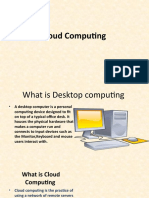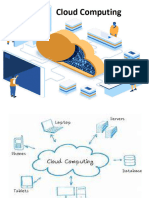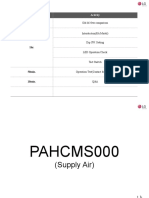0% found this document useful (0 votes)
17 views4 pagesCloud Computing Notes
The document provides an overview of cloud computing, detailing the types of clouds (public, private, hybrid, and community) along with their definitions, ownership, access, costs, advantages, and disadvantages. It also explains virtualization, its types, benefits, and the process of cloud migration, including strategies, benefits, challenges, and tools. Overall, it serves as a comprehensive guide to understanding cloud computing and its components.
Uploaded by
bhanuurathore12Copyright
© © All Rights Reserved
We take content rights seriously. If you suspect this is your content, claim it here.
Available Formats
Download as PDF, TXT or read online on Scribd
0% found this document useful (0 votes)
17 views4 pagesCloud Computing Notes
The document provides an overview of cloud computing, detailing the types of clouds (public, private, hybrid, and community) along with their definitions, ownership, access, costs, advantages, and disadvantages. It also explains virtualization, its types, benefits, and the process of cloud migration, including strategies, benefits, challenges, and tools. Overall, it serves as a comprehensive guide to understanding cloud computing and its components.
Uploaded by
bhanuurathore12Copyright
© © All Rights Reserved
We take content rights seriously. If you suspect this is your content, claim it here.
Available Formats
Download as PDF, TXT or read online on Scribd
/ 4
























































































